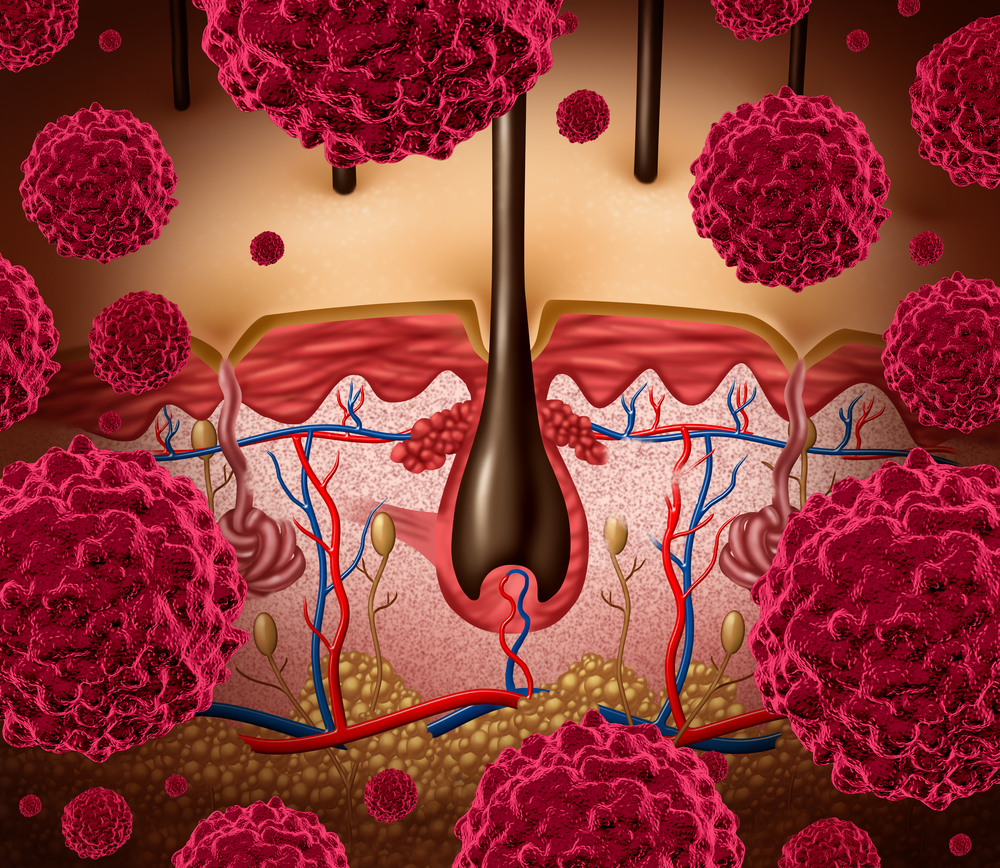A collaborative team of interdisciplinary researchers led by Clara J.K. Lam, MPH, a predoctoral fellow in the Radiation Epidemiology Branch of the National Cancer Institute (NCI) and PhD student in cancer epidemiology at the George Washington University School of Public Health and Health Services, recently revealed study findings suggesting that immune irregularities may contribute to the high rates of melanoma observed in patients with non-hodgkins lymphoma (NHL) chronic lymphocytic leukemia/small lymphocytic lymphoma (CLL/SLL). The findings from the study entitled, “Risk Factors for Melanoma Among Survivors of Non-Hodgkin Lymphoma,” were published in the latest edition of the Journal of Clinical Oncology the official journal of the American Society for Clinical Oncology.
Using NCI’s Surveillance, Epidemiology, and End Results (SEER) database the investigators conducted a retrospective study (clinical study in which events that have already taken place are assessed) looking at the rate of secondary melanoma risk among patients who were 1-year survivors of first primary NHL diagnosed at age 66 to 83 years from 1992 to 2009.
The results showed that out of the 44,870 patients that met the study’s inclusion criteria a total of 202 second melanoma cases occurred among survivors of NHL, including:
- 91 after CLL/SLL
- 111 after other NHL subtypes
The analysis of secondary melanoma risk factors after CLL/SLLfor these patients showed that:
- The risk was significantly increased for those patients that had a history of being treated with fludarabine-containing chemotherapy with or without rituximab
- The risk was significantly increased for those patients that had a history of T-cell activating autoimmune diseases diagnosed before CLL/SLL
For patients with other NHL subtypes (n=111), melanoma risk was shown to be not associated with treatments for abnormal immune system conditions.
In the patients studied, risk factors such as infection were not associated with melanoma risk. Although, urinary tract infections, localized scleroderma, pneumonia, and gastrohepatic infections, showed minor statistical association.
When discussing the results Dr. Lam and her colleagues wrote, “Our study results provide direct evidence for the importance of immune perturbation in explaining the excess of melanoma diagnoses observed in survivors of CLL/SLL……Increased vigilance is warranted among survivors of NHL to maximize opportunities for early detection of melanoma…. Further research is needed to understand the biologic mechanisms behind the immune perturbations that lead to melanoma development and to determine if similar risks extend to younger survivors of non-Hodgkin’s lymphoma.”


